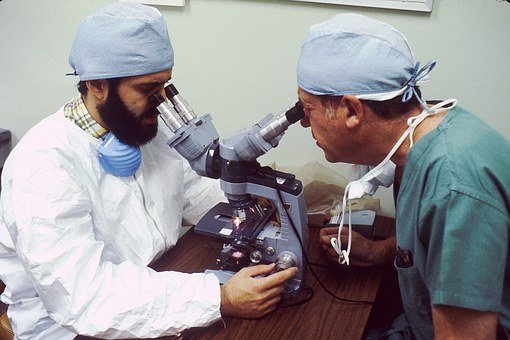Causes and Types of Epididymitis
Date:2020-05-05 click:0

According to the causes, chronic epididymitis was divided into three categories.
First, chronic inflammatory epididymitis refers to pain or discomfort accompanied by abnormal swelling, induration, and other inflammatory manifestations. It can be further divided into six subtypes, including infective (such as chlamydia), postinfectious (such as acute bacterial epididymitis with a persistent disease), granulomatous (such as tuberculosis), drug-induced (such as amiodarone), syndrome-related (such as Behcet disease) and idiopathic (such as inflammation without definite cause);
The second type, obstructive chronic epididymitis, refers to the pain or discomfort caused by congenital, acquired or iatrogenic epididymis or vas deferens obstruction (such as congenital obstruction or scar formation after vasectomy);
Third, chronic epididymal pain refers to palpation epididymal shape and texture normal, no clear cause of epididymal pain or discomfort.
Although there is no further research support for this classification, there is still some evidence that some infections (such as chlamydia) can directly lead to chronic epididymitis. The chronic epididymitis caused by acute infection is generally accepted by scholars.

The presence of granulomatous epididymitis (such as tuberculosis or cdlmette. Gu6rin bacteria) has been confirmed for a long time, while drug-induced epididymitis (such as amiodarone) and chronic epididymitis of systemic diseases (such as Behcet's disease) have also been reported. Some patients have inflammatory manifestations of the epididymis, but no clear cause can be found, so they are classified as idiopathic.
In the above cases, the epididymis of the patients has obvious inflammatory manifestations (with inflammatory swelling of epididymis or pain and discomfort of induration). Another situation is that some patients feel pain or discomfort of epididymis due to the obstruction of distal epididymis (such as vas deferens), which can be seen after vasectomy and congenital malformation of the lower urethra.
In addition, the shape and texture of epididymis in many patients are normal, without inflammatory manifestations, and without clear pathological changes such as distal epididymis obstruction, which can lead to pain, but it shows different degrees of chronic pain, sometimes obvious tenderness. Nickel et al. believe that although this situation is easy to understand as epididymal neuralgia, there is generally no clear cause, so it is classified as chronic epididymal pain.
Chronic epididymal pain is generally manifested as epididymal pain, while chronic testicular pain is manifested as testicular pain. The relationship and difference between the two in etiology and mechanism need to be further studied. As a type of chronic epididymitis, the former is still questionable in science. It is generally believed that chronic epididymitis can be caused by acute epididymitis, but most patients have no history of an acute attack. In general, the classification proposed by nickel and others in terms of etiology is compatible with the existing literature and research experience.

Risk factors
It has been found that patients diagnosed with chronic epididymitis have more sexual partners, use less protective measures against sexually transmitted diseases, and have a larger proportion of previous sexually transmitted diseases than patients without a history of scrotal, testicular and epididymal pain.
In addition, patients with erectile dysfunction, musculoskeletal system diseases, nervous system diseases (metastatic headache, limb numbness, and tingling, intervertebral disc disease) and infectious diseases (including urogenital tract infection) have more health problems.
You may also be interested in:
Chronic Epididymitis Diet
Physiotherapy of Epididymitis
Epididymitis and Infertility
You may also be interested in:
Chronic Epididymitis Diet
Physiotherapy of Epididymitis
Epididymitis and Infertility



